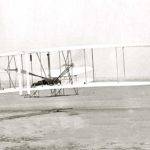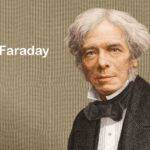Write Like a Caveman: The Evolutionary Advantages of the Inverted Style
Articles can be summarized in one bullet point.
Books can be summarized in three bullet points which is why I don’t like to read books…too many words.
In summary:
- Make your POINT before your friend becomes dinner for a Sabre Tooth Tiger.
Which of these two styles do you think favored the propagation of the human species?
#1: Not Inverted Style (the important point is at the end)
“Blah, blah, blah, blah, blah, blah, blah, there is a sabre tooth tiger creeping up behind you.”
#2: Inverted Style (the important point is at the start)
“There is a sabre tooth tiger creeping up behind you, blah, blah, blah, blah, blah.”
 We all are now journalists reporting to each other via the Internet.
We all are now journalists reporting to each other via the Internet.
We all have our own microphone as members of a global village in which we are like the town crier who used to make public announcements in the streets.
The benefits of inverted journalistic style dates back to caveman times because it gave humans an evolutionary advantage.
Therefore, we should take a lesson from journalists of the past, and use the inverted style to state our main message first, then follow that messages with details and embellishment for the reader who says, “tell me more.”
In other words (yes, I am embellishing), “don’t bury the lead of your story,” and don’t start your article with a “story” as is the current trend in journalism with publications such as The New York Times.
“Time is money,” (for your readers) so please get to the point.
Make your point, then tell your “story” so that if the reader is bored, pulls the rip cord and bails out, they at least got your main message.
In business, the “elevator pitch” is the name for making your point short and sweet in time for your listener to get off at the next floor.
 Furthermore (yes, more embellishing), when writing, try to use simple language because people who use big words are not trying to inform you, they are trying to impress you.
Furthermore (yes, more embellishing), when writing, try to use simple language because people who use big words are not trying to inform you, they are trying to impress you.
When I was a magazine editor, my favorite saying was “eschew obfuscation,” or, “speak simply.”
Use simple words, and fewer of them.
 The best way to encourage concise writing would be to reintroduce the quill pen.
The best way to encourage concise writing would be to reintroduce the quill pen.
If Thomas Jefferson had used a word processor (instead of a quill pen), the Declaration of Independence might have been 100 pages instead of one, and King George might not have taken the time to read it.
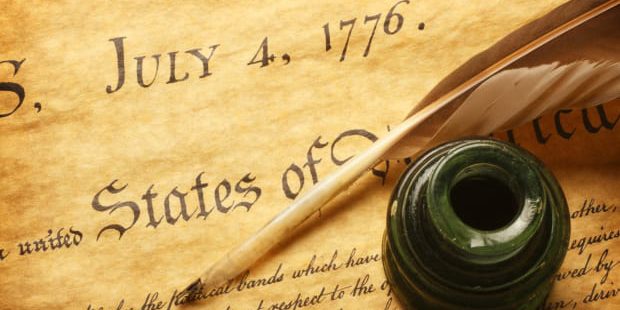
The number one cause of long-winded and rambling (strike that last word, I am rambling) writing was the invention of the personal computer.
With a word processor on a PC, people can spew out words with no restrictions because their fingers operate as fast as their mind (yes, I am well into blah, blah, blah, land)
Wordiness is fine for a first draft, but a writer needs to go back and tighten it up (writing is rewriting). A great writer (and painter) is one who know how to use white space.
I do not like reading most non-fiction books — too many words, and repetition, repetition. Most such books could be condensed to three bullet points, and more images, think comic books.
Ernest Hemingway knew how to “get the most from the least, and how to prune language,” says Carlos Baker.
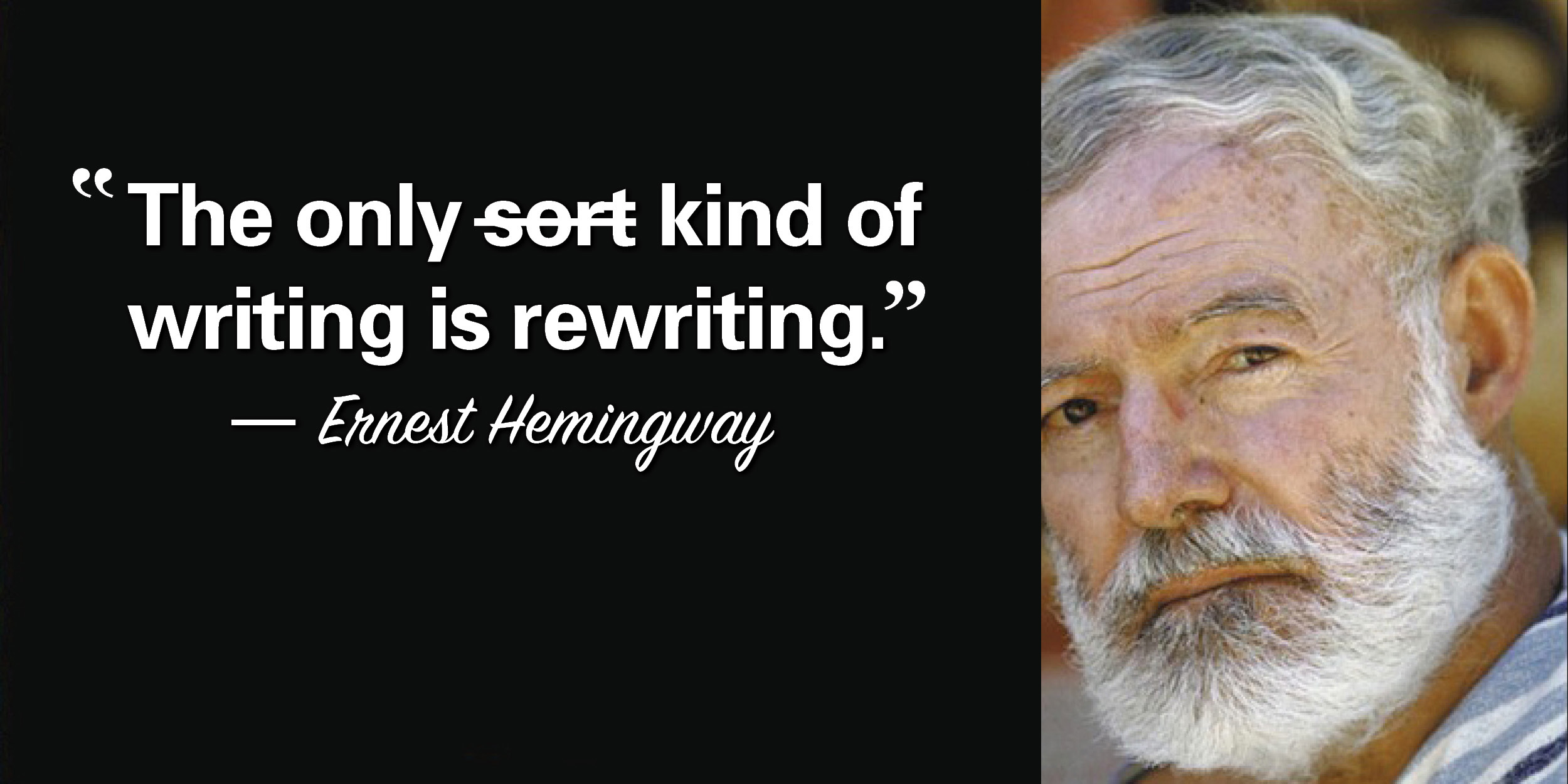 There is a time (yes, I am digressing) when you do not want to be concise, and that is to overcome writer’s block and get that first draft started.
There is a time (yes, I am digressing) when you do not want to be concise, and that is to overcome writer’s block and get that first draft started.
In your first draft, suspend judgement, and “let it all hang out,” and remember “The first draft of anything is shit.”
 If you are having writer’s block, then follow this format… “There is a forest, and inside lives lions and tigers and bears. The lions have manes on their shoulders…. the tigers have stripes…, and the bears are covered in fur….”
If you are having writer’s block, then follow this format… “There is a forest, and inside lives lions and tigers and bears. The lions have manes on their shoulders…. the tigers have stripes…, and the bears are covered in fur….”
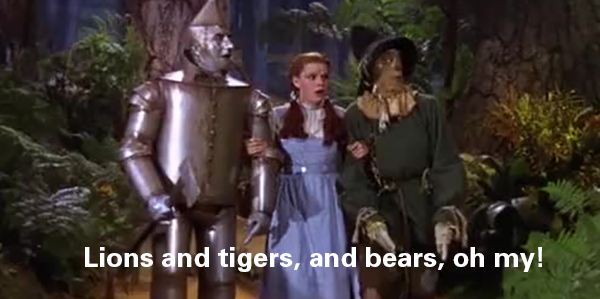
If you are still blocking, try to start your writing engine by suspending judgement and just write nonsense such as “Mary had a little lamb…..”
When you finish your writing, please go back and shorten it by putting in lots of white space (I would have written a shorter letter if I had the time).
The greatest painters, and writers, are the ones who know how to use “white space,” so learn how to write (and speak) with the color white.
curtisp@creativityworkshops.biz












